Why Is My Dog Losing So Much Hair in 2025: Vet Tips
If you’ve been wondering why is my dog losing so much hair, you’re not alone.Many dog owners see heavy shedding, especially after a bath or brushing. Some shedding is normal,but when your dog is losing a lot of hair or showing skin problems, it’s important to identify the cause and take action. This guide explains common causes, symptoms, treatments, prevention, and practical tips.

Understanding Normal Shedding vs. Excessive Hair Loss
Dogs naturally shed to replace old hair with new growth. Seasonal shedding is common.However, if your dog is losing a lot of hair suddenly or unevenly, that suggests an issue.Look for bald patches, skin irritation, or behavioral changes.
Signs of Normal Shedding
Hair falls out evenly across the coat
Occurs mainly during seasonal changes
No skin redness, sores, or heavy scratching
Signs of Excessive Hair Loss
Clumps of hair coming out
Bald spots or thinning patches
Skin irritation, flaking, redness, or open sores
Why Does My Dog Shed So Much After a Bath?
Many owners ask, why does my dog shed so much after a bath or why is my dog shedding so much after a bath.Bathing removes loose hair and exposes underlying dead hairs. If you notice excessive loss after washing,consider your products and technique: harsh shampoos, infrequent brushing, and over-bathing can make shedding worse.
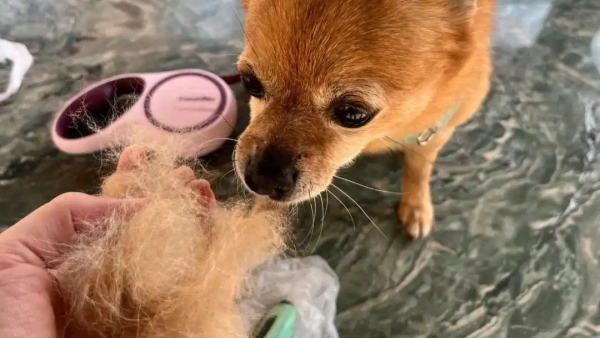
Bathing Tips to Reduce Shedding
Brush thoroughly before the bath to remove loose fur.
Use a gentle, dog-formulated shampoo; avoid human shampoos.
Rinse well and dry completely to prevent skin irritation.
Brush again after drying to catch remaining loose hair.
Main Causes: why is my dog losing so much hair?
When owners ask why is my dog losing so much hair, consider medical, environmental,nutritional, and behavioral causes. Below are common culprits and what to look for.
Allergies
Food allergies, pollen, dust, and contact allergens cause itching and hair loss.
Often accompanied by red, inflamed skin and repeated scratching.
Parasites
Mites (including mange),fleas and ticks irritate the skin and cause heavy shedding.
Look for fleas, flea dirt, or tiny moving mites; severe infestations need vet treatment.
Hormonal Issues
Hypothyroidism and Cushing’s disease affect coat health and cause significant hair loss.
These conditions usually require blood tests and prescription treatment.
Stress and Behavioral Causes
Stress, anxiety, and boredom can lead to excessive licking and chewing.
Behavioral hair loss often appears in specific spots the dog can reach easily.
Poor Nutrition
Diets low in quality protein, essential fatty acids, and vitamins can make hair brittle and prone to fall out.
Switching to a balanced, vet-recommended diet often improves coat quality.
Infections and Skin Conditions
Bacterial or fungal infections (such as ringworm) damage follicles and cause patchy hair loss.
Often show as red, scaly, or crusty spots on the skin.
Comparison Table: Normal Shedding vs. Abnormal Hair Loss
| Category | Normal Shedding | Abnormal Hair Loss |
| Typical Signs | Even shedding, seasonal patterns (spring/fall) | Large clumps, bald patches, or sudden heavy loss |
| Skin Condition | Skin looks healthy, no sores | Redness, scaling, sores, odor, or discharge |
| Common Causes | Heat regulation, coat renewal | Allergies, parasites, infections, hormones, poor diet |
| Action Needed | Brush regularly; routine care | See vet for diagnosis and targeted treatment |
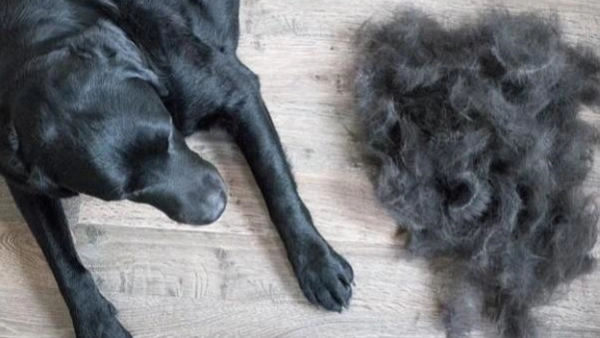
How to Stop or Reduce Excessive Hair Loss
Reducing shedding starts with identifying the cause. Use a multi-step approach: improve nutrition,adjust grooming, control parasites, manage stress, and get veterinary care when necessary.
Practical Home Care
Brush daily or as recommended for your dog’s coat type to remove loose hair.
Use supplements (omega-3 fatty acids) only after vet approval.
Keep a regular bathing schedule with gentle products and follow proper drying and brushing routines.
When to Visit the Vet
Sudden or severe hair loss
Bald patches, open sores, or signs of infection
Changes in appetite, energy, or other systemic symptoms
Special Considerations for Older Dogs
Older dogs may have more fragile skin and slower hair regrowth. If your older dog is shedding a lot,schedule regular checkups and screen for endocrine issues, nutritional deficits, and arthritis-related stress behaviors.
Everything Our Vets Recommend
why is my dog losing so much hair FAQs
Is it normal for my dog to lose a lot of hair suddenly?
Not usually. Sudden, heavy loss suggests a medical issue such as allergy, infection, parasite, or hormonal imbalance.See your veterinarian for tests and treatment.
Why does my dog shed so much after a bath?
Bathing removes loosened hairs. If shedding is extreme after bathing, review your shampoo, water temperature, and brushing routine.Over-bathing or harsh shampoos can increase hair fall.
Can nutrition affect my dog’s shedding?
Absolutely. Deficiencies in protein, essential fatty acids, and certain vitamins can lead to dull coats and increased shedding.High-quality diets help maintain coat health.
How quickly will coat improve after treatment?
Hair regrowth takes time—weeks to months depending on the cause. Follow your vet’s plan for best results.
Final thoughts
Understanding why is my dog losing so much hair helps you take the right steps: identify whether the issue is simple shedding or a sign of disease. Improve diet, grooming, and parasite control,and consult your veterinarian when hair loss is sudden, patchy, or accompanied by skin problems.Taking action early can restore your dog’s coat and comfort.
You May Like:
- Why Is My Dogs Hair Falling Out in Clumps? Find Out
- How to Choose the Best Dog Shampoo for Shedding: Reduce Hair Loss
- Does Shedding Make Dogs Itchy? Latest Vet Advice
- Do Dogs Shed in Certain Seasons? 2025 Latest Vet Insights
User Comments
Does flea treatment kill ear mites too?
Can dogs take human probiotics?
Can dogs have people probiotics safely?
Related Articles
View all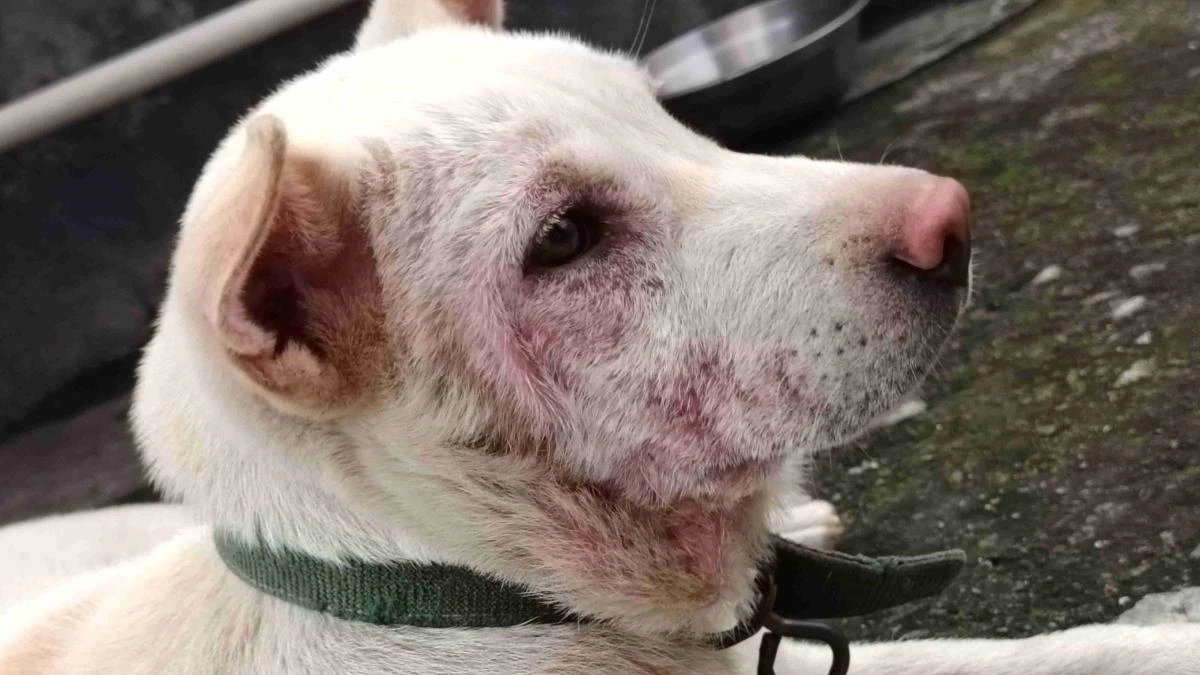
How to Get Rid of Dog Allergies Naturally: Common Mistakes
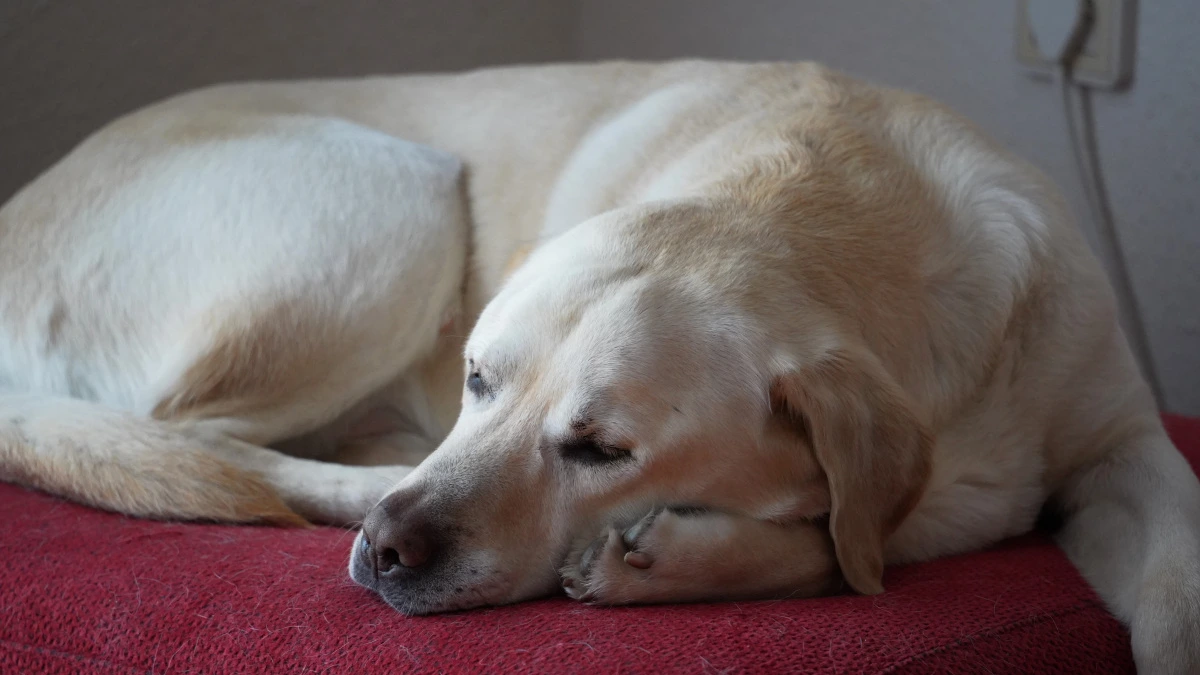
Dog Allergic Reaction Eye Swelling: Hidden Mistakes to Avoid
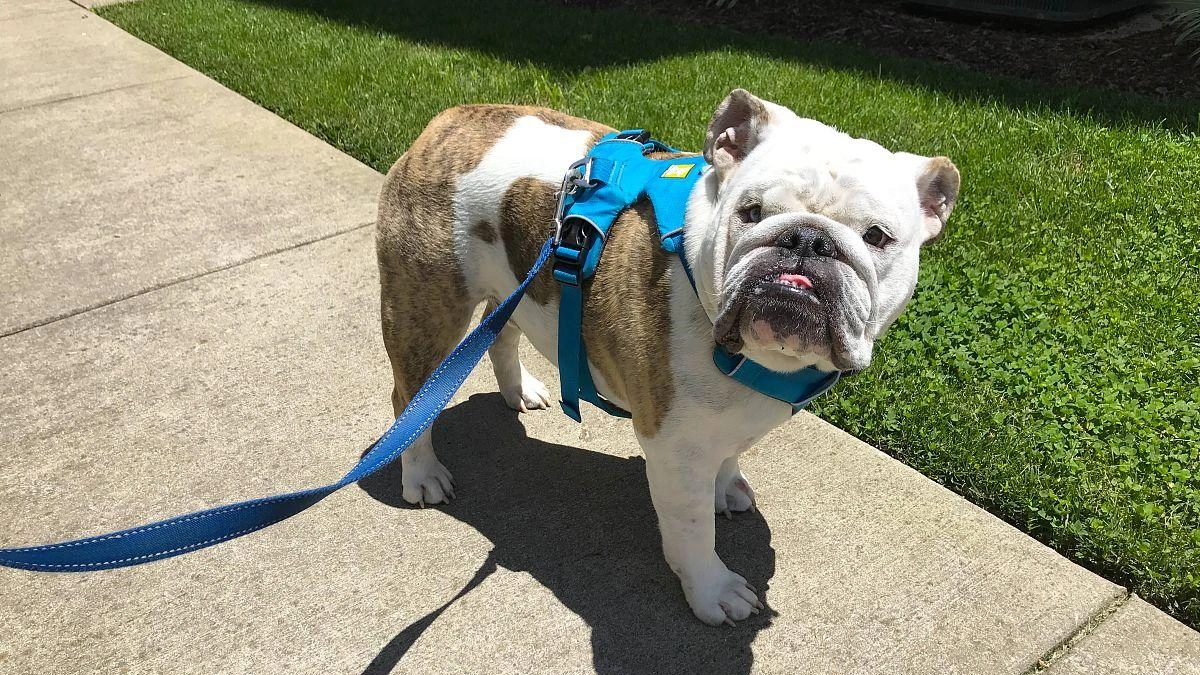
Why Do Bulldogs Scratch? Bulldog Skin Allergies Guide
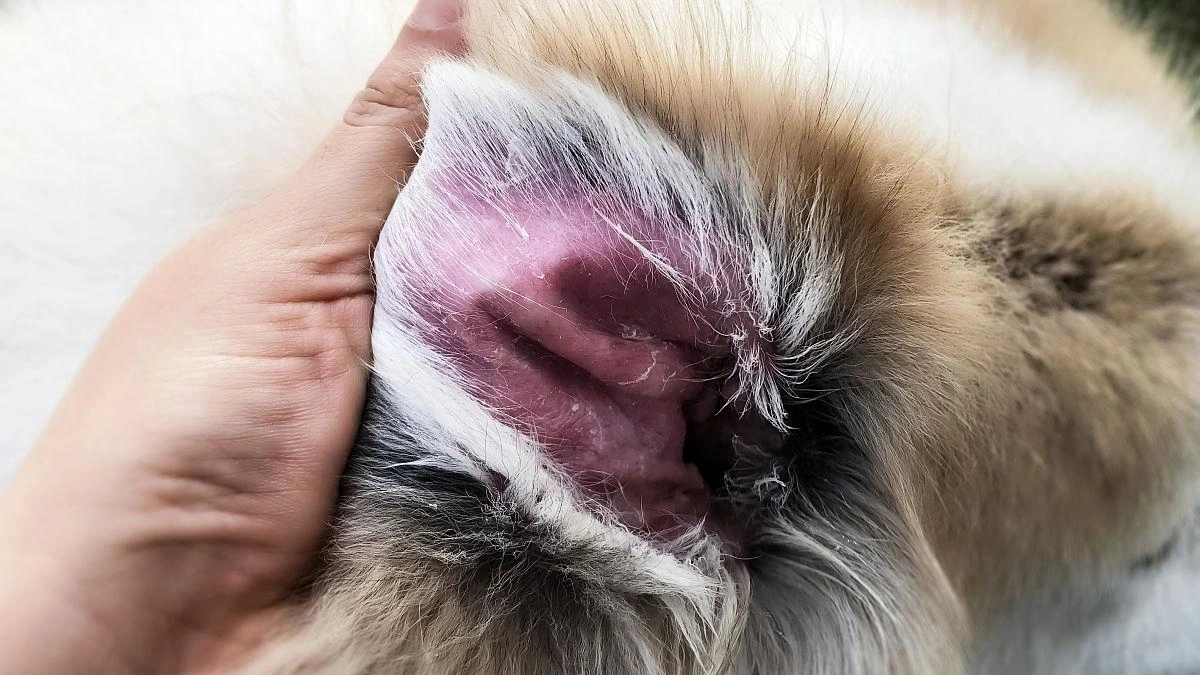
Cure for Dog Skin Allergies Owners Often Miss

How to Get Rid of Dog Allergies Naturally: Common Mistakes

Dog Allergic Reaction Eye Swelling: Hidden Mistakes to Avoid

Why Do Bulldogs Scratch? Bulldog Skin Allergies Guide

Cure for Dog Skin Allergies Owners Often Miss
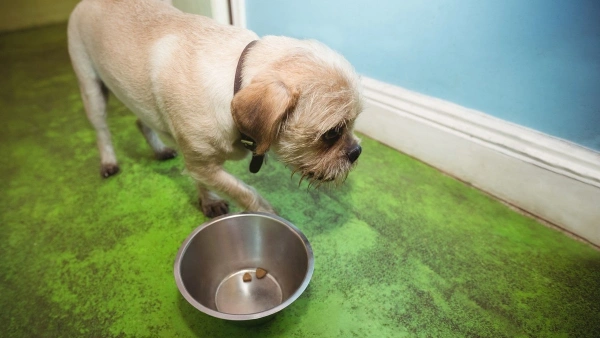
Vet-Recommended Wet Dog Food for Sensitive Stomachs — 2025 Guide
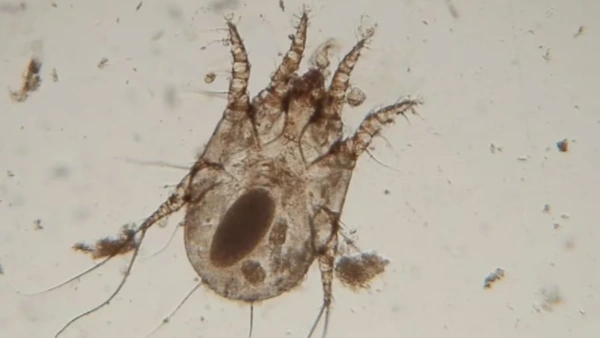
Dog Dust Mite Allergy: Symptoms, Treatment, Prevention
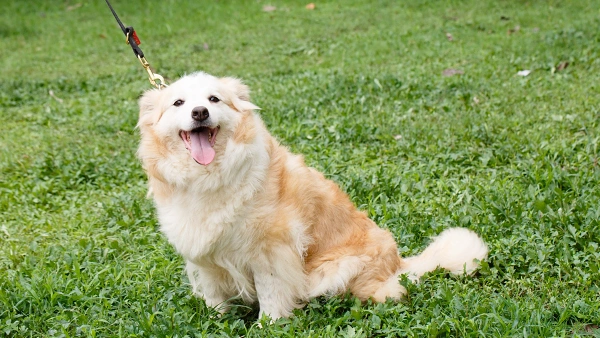
Can Allergies in Dogs Cause Diarrhea and Vomiting? Explained
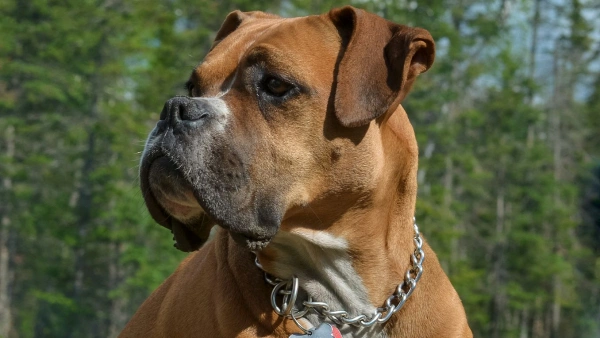
10 Pitbull Health Problems You Should Know in 2025 — Tips
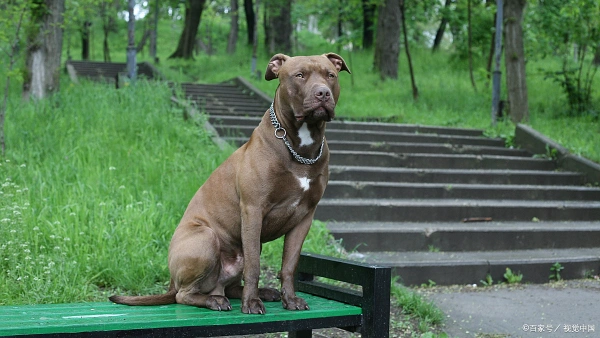

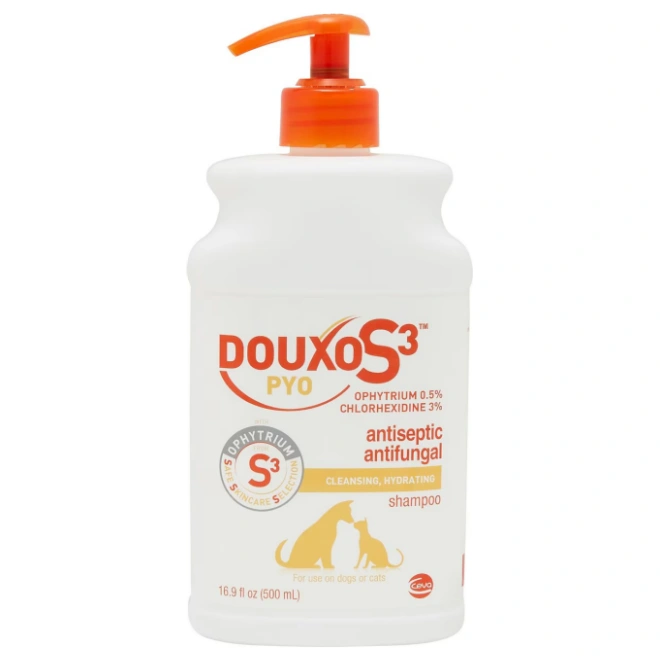
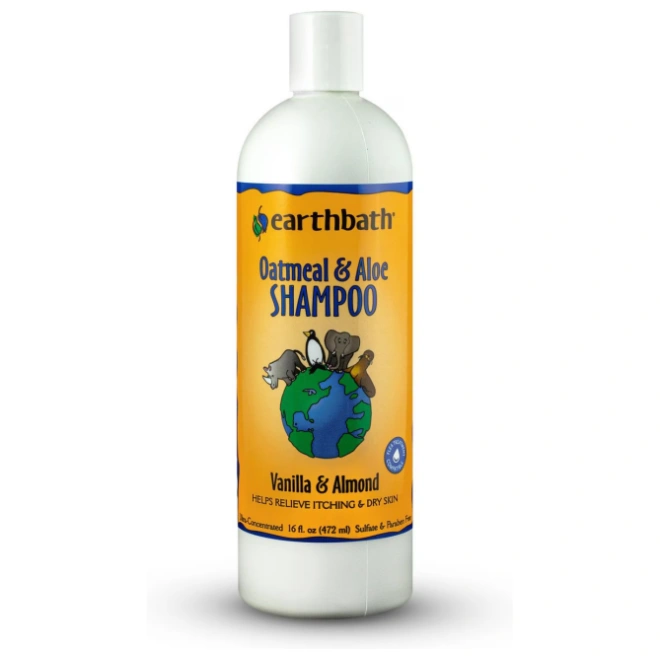
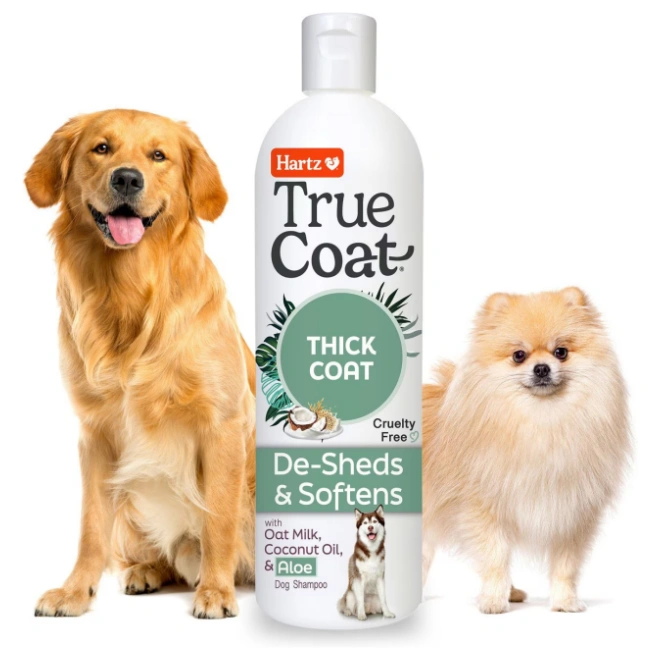
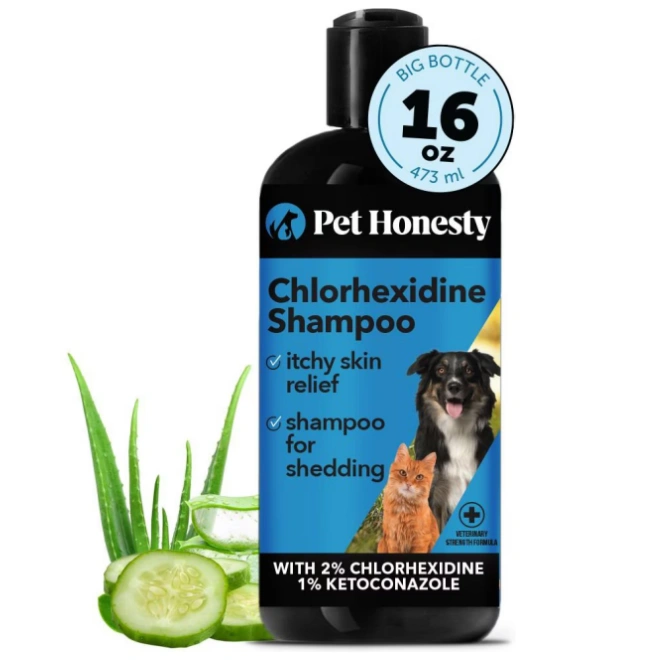








Leave a Reply